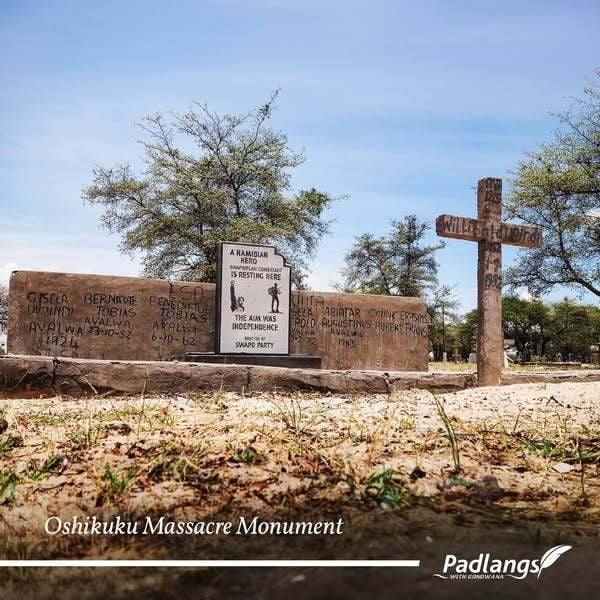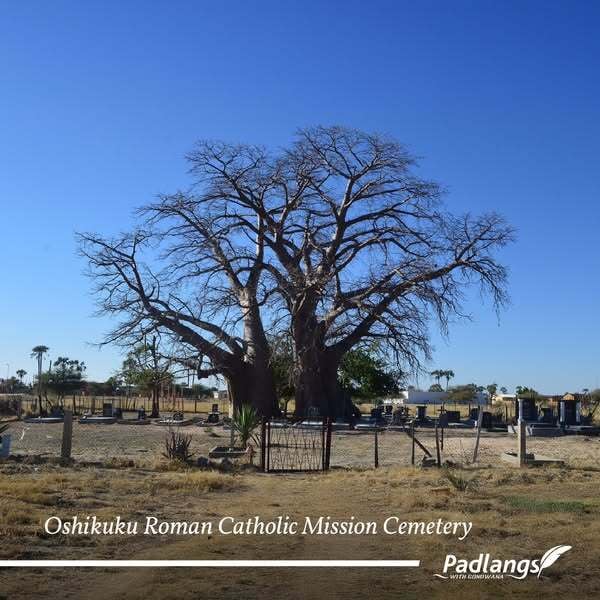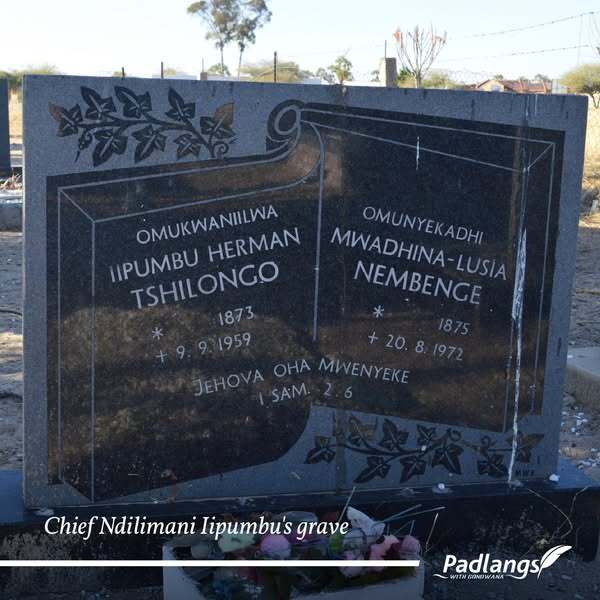Situated amidst a mosaic of Omulunga palms, deciduous trees and seasonally inundated iishana, Oshikuku is also known as the “Hidden Gem of Northern Namibia”. The name is said to mean “fowl run” or can also be interpreted as meaning “soil that is very good for cultivation”. It is an important service centre for people living in the surrounding areas and has been expanding steadily since its proclamation as a town in 2011.
Oshikuku developed around the first Roman Catholic Mission station in Owambo, St Theresa of the Child of Jesus. The station was founded by Father Otto Fuhrmann after King Iipumbu ya Tshilongo of Uukwambi gave him permission to establish a station there in May 1924.

Oshikuku became the main Catholic mission station in the north of the country and a training school for enrolled nursing assistants was established there in 1933. The church also established a hospital, St Martins, in the early 1950s, which it still administers. A new 250-bed hospital was opened in November 2004.
A monument in the grounds of the Mupewa Combined School is a reminder of the Oshikuku Massacre that took place at Oshipanda village, 10 kilometres west of the mission station, on 10 March 1982. A group of armed men in camouflage uniform arrived at a homestead of a man suspected of providing financial support to SWAPO. He was not at his homestead that night, but his family and other occupants were lined up, bayoneted and shot dead. Nine people were killed while two managed to survive the massacre by feigning death. The South African authorities immediately blamed SWAPO “terrorists” for the attack, but a survivor identified one of the attackers who was said to be a Koevoet member based at Okalongo.
The aftermath of the bloody massacre was photographed by Father Gerard Haimerikx, better known as Father Kaishala kaNangombe, which translates as “Happy Man”. He fled the country after he was tipped off that the South African security forces were searching for him following the publication of the photographs in the Windhoek Observer newspaper and abroad. Father Haimerikx later joined the Chaplaincy of SWAPO and worked in camps in Angola and Zambia. He returned to Namibia after independence and worked at Oshikuku until his deteriorating health forced him to return to Europe for medical treatment in 2003. He died on 25 October 2009.

In another gruesome atrocity, a mass grave containing the bodies of several men was discovered in a ditch near the mission station on 9 April 1985. Large numbers of people visited the grave in an effort to identify the remains, but the bodies were so badly decomposed that identification was impossible. Neither the Police nor the South African Defence Force (SADF) responded after they were notified, but a bulldozer arrived three days later and covered the bodies.
In a statement issued by Koevoet Chief Hans Dreyer on 17 April, Dreyer said four of the men, whom he described as “terrorists”, had been killed near Tsambi. According to Dreyer their bodies had been brought to Oshikuku for identification and their corpses were buried in a shallow grave.

Father Otto Fuhrmann, the mission station’s founder, was buried under a large baobab, just a few hundred metres from the Oshikuku church. He died from malaria in June 1925 while he was on his way to Oniipa for treatment. As he was a Catholic, he was not buried in the mission cemetery at Oniipa and was reburied at the Oshikuku cemetery on 18 July 1930. King Ipumbu “Ndilimani” yaTshilongo, who died at St Martin’s Hospital on 9 September 1959, as well as several Catholic fathers, sisters and prominent parishioners have also been buried here.


.png)
.jpg)
.jpg)




.png)

SUBMIT YOUR COMMENT